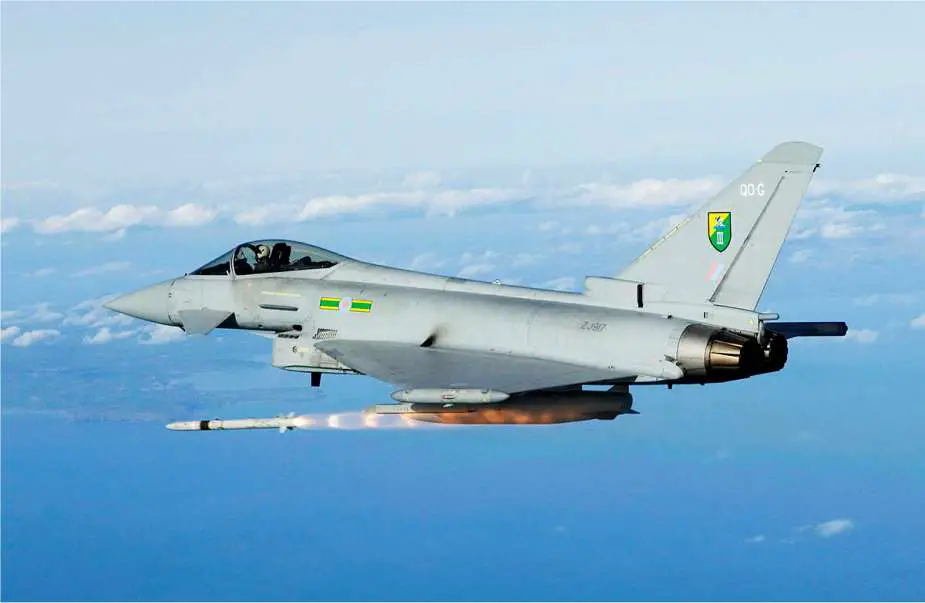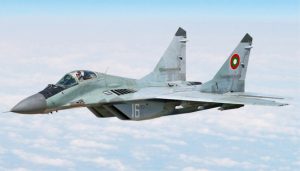Deep exploration into the technological prowess of the ASRAAM (Advanced Short Range Air-to-Air Missile) system unfolds. This investigation scrutinizes the ASRAAM’s development trajectory, intricate technical facets, and its strategic relevance in modern air defense systems.
The inception of ASRAAM dates back to the 1980s, envisioned as a pivotal replacement for earlier-generation air-to-air missiles, particularly the AIM-9 Sidewinder. Originating primarily for the Royal Air Force and Royal Navy of the United Kingdom, ASRAAM’s creation was a part of a broader initiative aimed at modernizing the air-to-air combat capabilities of Western air forces. The project witnessed collaborative efforts and contributions from several nations, yet it predominantly stemmed from the UK’s impetus.
Distinguished by its versatility and cutting-edge features, ASRAAM stands as a testament to advanced missile design. Utilizing a high-impulse, solid-propellant rocket motor, the missile achieves exceptional speed and agility, essential attributes in close-quarter combat scenarios demanding split-second maneuvers. Its aerodynamic structure further amplifies its nimbleness and velocity, rendering it a potent asset in dogfights.

A pivotal component of ASRAAM lies in its seeker head, embedding advanced infrared imaging technology. This sophisticated feature enables the missile to lock onto enemy aircraft heat signatures with precision, ensuring high accuracy in engagements. Additionally, the imaging infrared seeker provides robust resistance to countermeasures, making evading the locked-on missile a challenging task for opposing aircraft. Moreover, ASRAAM’s adaptable guidance system facilitates seamless integration with various fighter aircraft platforms, allowing for deployment across a spectrum of fighter jets.
In practical combat scenarios, ASRAAM has been adopted by numerous countries and has demonstrated its efficacy in various conflicts. Its ability to engage targets beyond visual range and at shorter distances provides a tactical edge to pilots, showcasing its operational versatility.
Elevating its stature further, ASRAAM’s integration into modern fighter aircraft such as the Eurofighter Typhoon and the F-35 Lightning II underscores its adaptability and the confidence various air forces place in its capabilities. Its relatively compact size enables both internal and external carriage on fighter aircraft, offering flexibility in deployment methods.
The missile’s payload encompasses a potent high-explosive warhead, meticulously engineered for precise target neutralization upon impact. Augmented by a sophisticated proximity fuse, this warhead maximizes damage potential by detecting the proximity of the target and triggering the warhead at the opportune moment.
ASRAAM’s advanced propulsion system, utilizing a solid-propellant rocket motor, contributes to its remarkable speed and agility, making it particularly effective in rapid, close-range engagements. Its guidance system, boasting a state-of-the-art infrared imaging seeker, enhances accuracy and ensures formidable capability against countermeasures employed by targeted aircraft.
Remarkably, ASRAAM’s engagement envelope spans various altitudes, reaching a maximum range of 25 kilometers. This versatility positions it as a flexible tool adaptable to diverse combat scenarios, whether in low-altitude confrontations or high-altitude engagements.

Moreover, ASRAAM’s “fire-and-forget” launch feature allows pilots to initiate the missile launch and promptly focus on other critical combat or evasion maneuvers. This attribute significantly aids pilots in high-stress combat environments, where heightened situational awareness and reduced workload are paramount.
Highlighting its expanding capabilities, reports surfaced in August 2023 of a ground-launched version of ASRAAM mounted on a Supacat HMT light truck chassis in Ukraine. This development, a collaborative effort between the British Ministry of Defense and MBDA, signifies ASRAAM’s evolution beyond traditional airborne platforms. The ground adaptation involves a launcher station and a potential sensor turret, likely equipped with electro-optical/infrared sensors and short-range radar, enhancing its utility and range capabilities.
The ASRAAM missile, typically categorized as a short-range weapon, possesses a significant engagement range that extends beyond visual range (BVR), enabling operators to target threats before they become visually detectable. Publicly available information indicates the missile’s impressive range of up to 25 kilometers and speeds reaching Mach 3, underscoring its formidable reach and velocity.
In its entirety, this comprehensive analysis illuminates the depth, sophistication, and evolving adaptability of ASRAAM technology. From its inception as a futuristic air-to-air missile system to its multifaceted applications in contemporary combat scenarios, ASRAAM continues to assert its pivotal role as a cornerstone of modern air defense systems.






